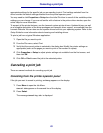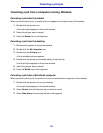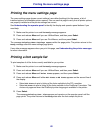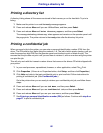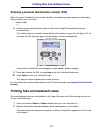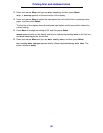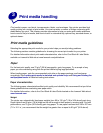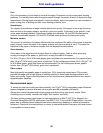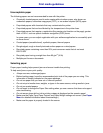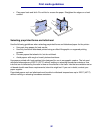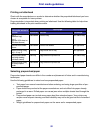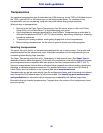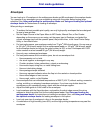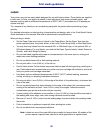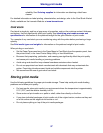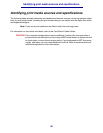
31
Print media guidelines
Unacceptable paper
The following papers are not recommended for use with the printer:
• Chemically treated papers used to make copies without carbon paper, also known as
carbonless papers, carbonless copy paper (CCP), or no carbon required (NCR) paper
• Preprinted papers with chemicals that may contaminate the printer
• Preprinted papers that can be affected by the temperature in the printer fuser
• Preprinted papers that require a registration (the precise print location on the page) greater
than ±0.09 in., such as optical character recognition (OCR) forms
In some cases, you can adjust registration with your software application to successfully print
on these forms.
• Coated papers (erasable bond), synthetic papers, thermal papers
• Rough-edged, rough or heavily textured surface papers or curled papers
• Recycled papers containing more than 25% post-consumer waste that do not meet
DIN 19 309
• Recycled paper having a weight less than 60 g/m
2
(16 lb)
• Multiple-part forms or documents
Selecting paper
Proper paper loading helps prevent jams and ensure trouble-free printing.
To help avoid jams or poor print quality:
• Always use new, undamaged paper.
• Before loading paper, know the recommended print side of the paper you are using. This
information is usually indicated on the paper package.
• Do not use paper that you have cut or trimmed yourself.
• Do not mix print media sizes, weights, or types in the same source; mixing results in jams.
• Do not use coated papers.
• Do not forget to change the Paper Size setting when you use a source that does not support
auto size sensing.
• Do not remove trays while a job is printing or Busy is displayed on the operator panel.
• Make sure the Paper Type, Paper Texture, and Paper Weight settings are correct. (See Paper
Menu for detailed information about these settings.)
• Make sure the paper is properly loaded in the source.



